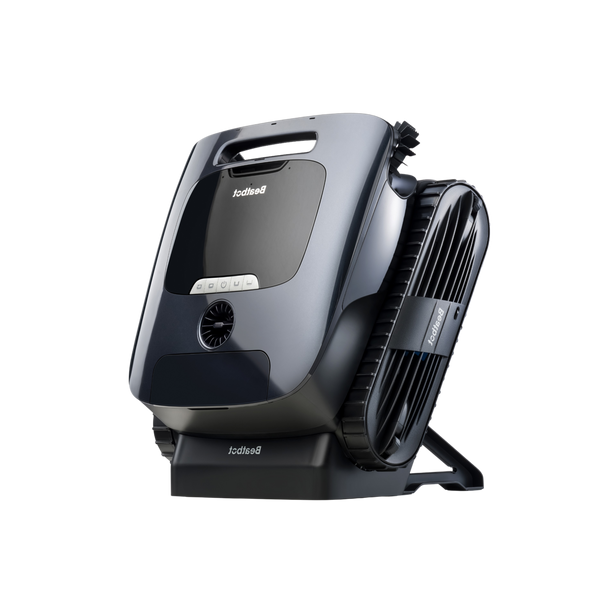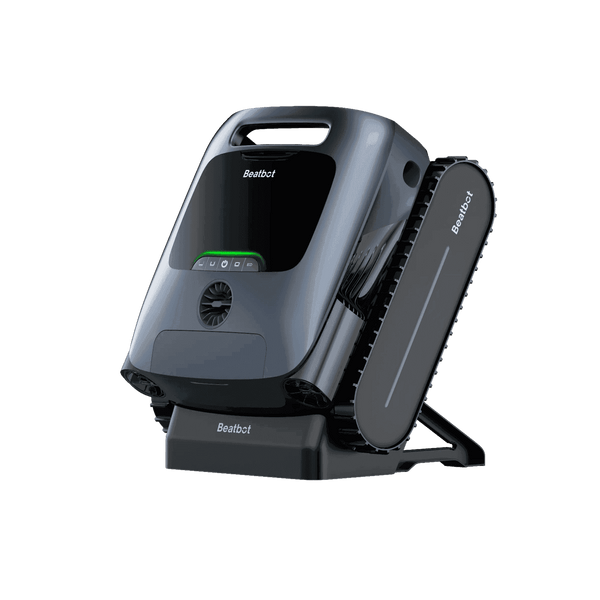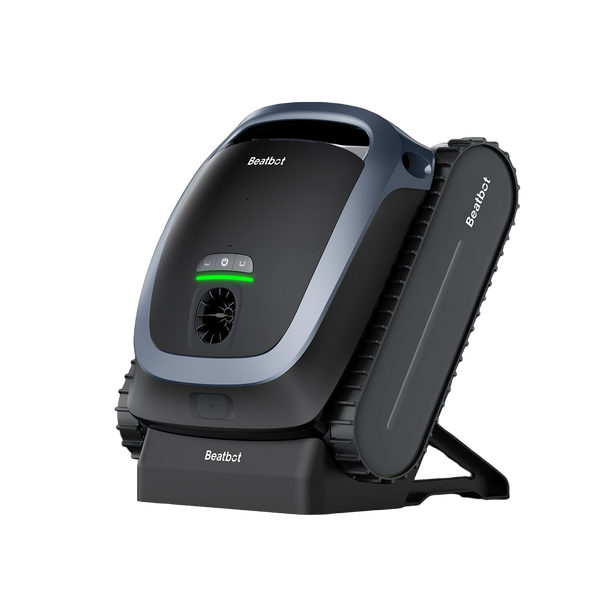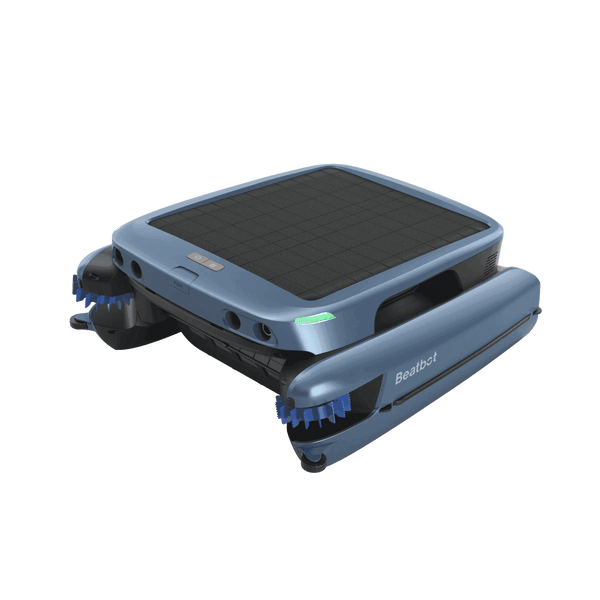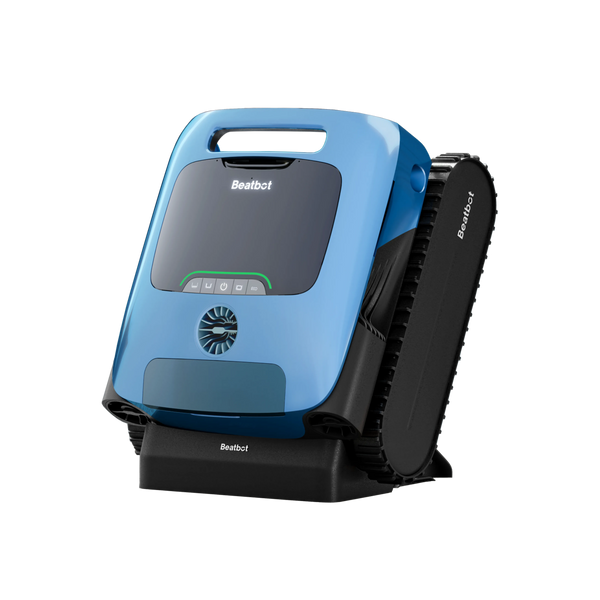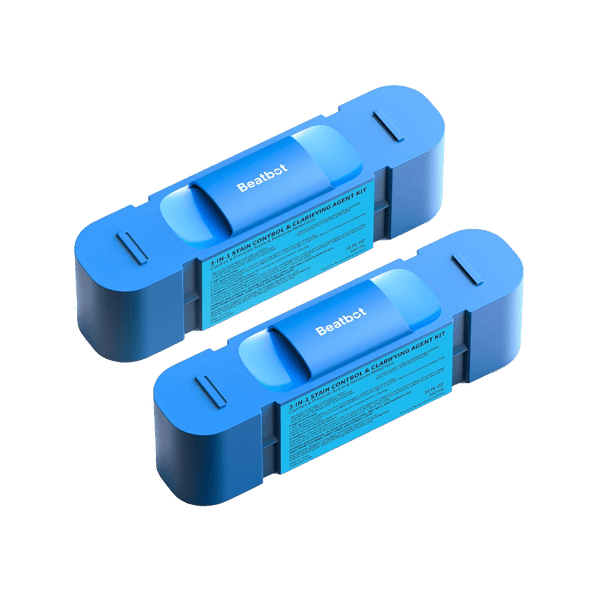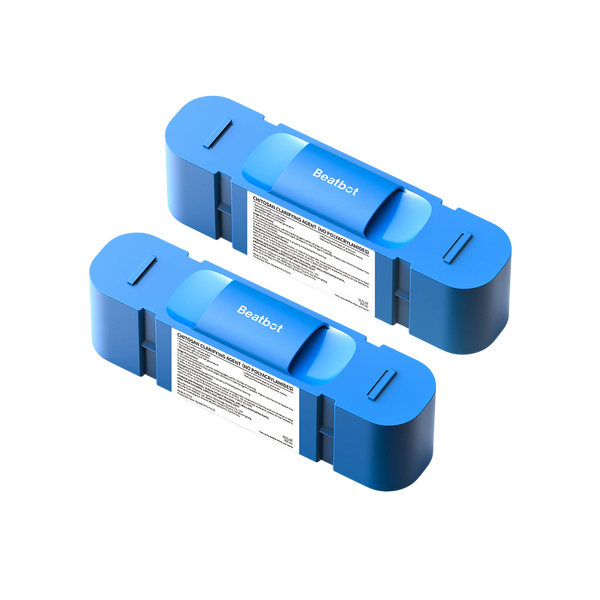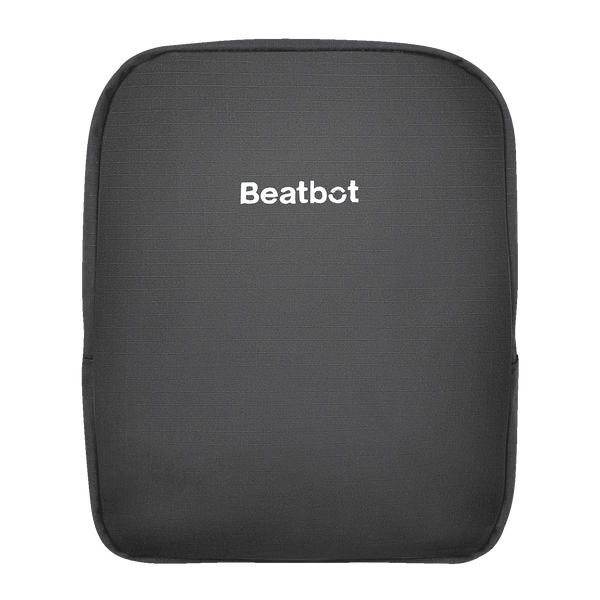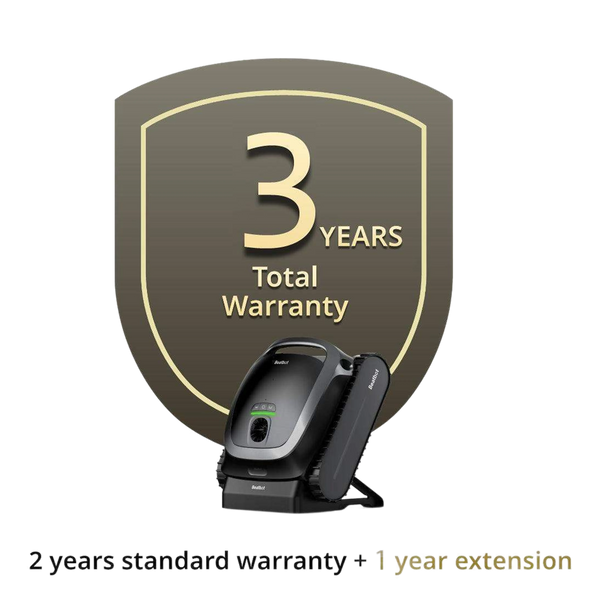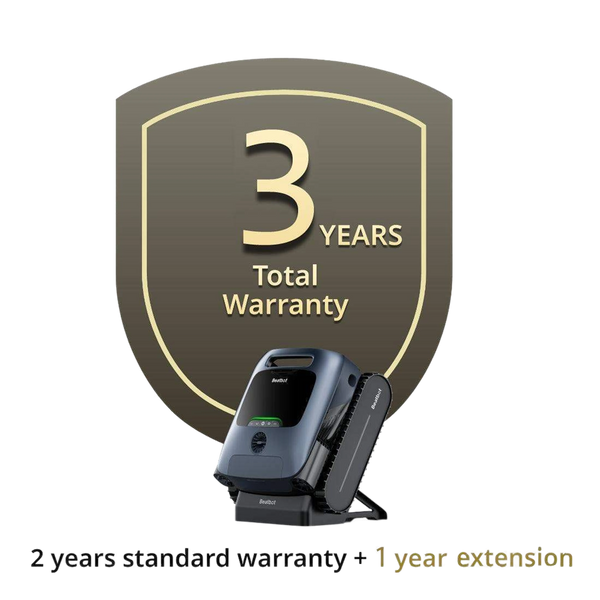Home > Blogs > Beatbot’s Approach to Noise Reduction in Pool Equipment: Acoustics and Customer Satisfaction
Beatbot’s Approach to Noise Reduction in Pool Equipment: Acoustics and Customer Satisfaction
Picture this: it’s a warm Saturday afternoon, the sun’s dipping low, and you’re lounging by your pool with a cold drink in hand. The water’s crystal clear, thanks to your trusty pool cleaner—but then there’s that relentless hum. The pump’s chugging away, the motor’s buzzing like a distant chainsaw, and suddenly your backyard oasis feels more like a construction site. At Beatbot, we’ve heard this story too many times from homeowners craving peace alongside their pristine pools. That’s why we’re obsessed with taming the noise of pool equipment. It’s not just about acoustics—it’s about keeping customers happy. Let’s dive into where that racket comes from, why decibel levels hit harder than you’d think in residential spaces, and how we’re reimagining motor design to hush things up for pros and pool owners alike.
Table of contents

What’s Making All That Noise?
Pool gear isn’t exactly subtle. The culprits behind the clamor are usually pumps, motors, and the splashy chaos of water meeting machinery. Each has its own noisy fingerprint, and understanding them is step one to quieting things down.
Start with pumps—the unsung heroes keeping your pool water moving. They’re loud because of what’s happening inside: a spinning impeller shoves water through at high speed, stirring up turbulence. That turbulence sends vibrations rippling through the pump’s body, out into the air, and straight to your ears. Depending on the pump’s power and condition, you’re looking at 65 to 90 decibels of sound. To put that in perspective, 65 dB is like a chatty dinner table, but 90 dB? That’s lawnmower territory. Not exactly the vibe you want when you’re trying to unwind poolside.
Then there’s the motors, especially in robotic cleaners. Older designs lean on brushed motors, where little carbon brushes scrape against a spinning commutator. That friction kicks out a sharp, whiny pitch—think nails on a chalkboard, but mechanical. Toss in the rumble of gears or belts shifting power around, and you’ve got a cleaner that might hit 70 dB or more. If it’s zipping along right by your deck, that noise doesn’t stay politely contained—it sneaks into your living room or over the fence to annoy the neighbors.
And don’t overlook the water itself. Robotic cleaners suck and push water to do their job, and that action stirs up splashes, gurgles, and something called cavitation—tiny bubbles imploding with little pops that sound sharper than you’d expect. It’s not the loudest offender, but in a quiet yard or an above-ground pool where sound bounces off everything, it adds to the chorus.
Why Decibels Matter More Than You Think
Noise isn’t just background chatter—it shapes how you feel about your pool. Decibels measure that impact, and the way we hear them isn’t linear. Bump the sound up by 10 dB, and it feels twice as loud. So a pump at 75 dB isn’t just a tad noisier than one at 65 dB—it’s a whole different beast, demanding attention whether you like it or not.
In a backyard setting, this gets personal fast. The EPA says outdoor noise above 55 dB starts messing with your day—drowning out conversations, nudging you awake, or just making it hard to relax. Plenty of pool pumps and cleaners blow past that mark, especially the older, crankier ones. A quiet fridge sits around 40 dB; a busy road might hit 80. When your pool gear lands in the 70-90 dB range, it’s no wonder folks start grumbling—or filing noise complaints with the HOA.
It’s more than annoyance, too. Noise creeping over 70 dB for hours can crank up stress, mess with your sleep, or spark a feud with the neighbor who’s already on edge about your dog. For pool pros, this is a big deal. You can install the slickest system around, but if it’s loud enough to ruin cocktail hour, your client’s not thrilled. At Beatbot, we’ve seen the flip side: quiet gear makes people smile. They want to love their pool, not tolerate it.
Rewriting the Rules with Motor Magic
So how do you hush up a noisy machine without sacrificing its muscle? For us at Beatbot, it starts with the motor—the beating heart of pool tech. We’ve ditched the old-school brushed motors for brushless ones, and it’s like swapping a kazoo for a whisper.
Brushless motors skip the friction fest of brushes rubbing on commutators. Instead, they use clever electronics to spin a rotor with magnets, no contact needed. That alone slashes the whine by 10-15 dB—enough to turn a disruptive buzz into something you might not even notice. They’re cooler and more efficient, too, which means fewer vibrations shaking the whole setup. Take our new Beatbot AquaSense 2 Ultra: its brushless motor pairs with a custom impeller and a housing that’s built to soak up sound. We’ve tweaked the impeller blades to cut down on water turbulence, dodging those pesky cavitation pops. The result’s a cleaner that hovers around 50 dB—quiet enough for a lazy Sunday brunch by the pool.
We’re big on variable-speed tech, too. Old motors run flat-out all the time, screaming even when they don’t need to. Variable-speed ones dial it back—low for a quick sweep, high for tough grime. At half speed, a pump might drop 7-10 dB, and you feel that difference right away. It’s like turning down a blaring radio to a mellow hum.
Then there’s the vibration trick. Motors and pumps don’t just make noise through the air—they send it through the ground or pool walls, turning your deck into a megaphone. We counter that with rubber mounts and dampening pads, isolating the rumble before it spreads. Pros love this—it means fewer calls about rattling pipes or humming patios.
Quiet as a Selling Point
For pool pros, this isn’t just tech talk—it’s a competitive edge. Clients today want gear that fits their life, especially in fancy setups where silence is golden. A cleaner droning at 75 dB might get the job done, but one purring at 50 dB—like Beatbot’s—feels like a luxury upgrade. It’s a no-brainer pitch: peace and performance in one package.
Plus, quiet tech often goes green. Brushless motors and variable speeds sip less power, shrinking the pool’s eco footprint. Pros can play that angle with clients who care about sustainability, wrapping efficiency and silence into a tidy bow.
Beatbot’s Take: Listening to What Matters
At Beatbot, noise isn’t an afterthought—it’s personal. With 70% of our team in R&D, we’re always tinkering, testing, and tweaking to find that sweet spot where power meets hush. The AquaSense 2 Ultra’s a shining example: its AI smarts and brushless motor team up to clean like a champ without waking the house. Little touches—like Smart Surface Parking or the cordless dock—cut out extra noise from clunky handling or tangled cords.
We hear it straight from customers: they want cleaners that run at dawn without a fuss, or systems that won’t rile up the neighbors. By tackling noise at every angle—motor friction, water churn, structural shake—we’re building gear that fits real life.

The Silent Future of Pool Care
Looking ahead, the quest for quiet’s just heating up. New materials might muffle sound even better, and AI could trim runtimes to the bare minimum. At Beatbot, we’re dreaming of a day when you barely know the cleaner’s there—until you see the sparkling water.
For pros, this is about delighting clients and standing out. Noise reduction isn’t just decibels—it’s the difference between a pool that’s endured and one that’s adored. With Beatbot pushing the envelope, loud equipment’s fading into the past, replaced by a quieter, smarter way to care for pools. Whether it’s a pump murmuring softly or a robot gliding under the radar, we’re proving silence can shine just as bright as spotless water.
Relative Blogs
About the author
